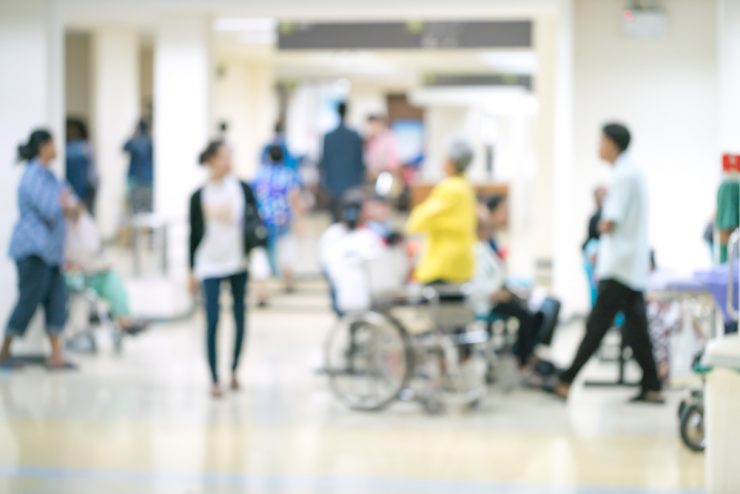The heart pumps blood throughout the body through tubes called arteries, which branch out into smaller tubes called capillaries. The blood is brought back through tubes called veins. This system of blood flow through the arteries, capillaries, and veins is the circulatory system.
When the heart squeezes, it pumps blood into the arteries, increasing the pressure. This pressure is known as a systolic pressure. When the heart rests and gets refilled with blood, the artery pressure decreases. This is called diastolic pressure. Both the diastolic and systolic pressures are measured by millimetres of mercury (mmHg).
Through the day, the blood pressure varies between 30 to 40 mmHg (both diastolic and systolic), based on your state of being. If you are relaxed, your blood pressure will be lowest. If you exercise or are anxious or stressed, your blood pressure will increase. So, it is important to check the blood pressure under similar circumstances so that we get consistent results.
Hypotension. Low blood pressure or hypotension is a reading of 90/60 or less. If low blood pressure, you are to a degree protected against high blood pressure, such as being overweight, increased salt intake, or not eating vegetables and fruits. Some of the people diagnosed with low blood pressure may have symptoms and there might be some underlying cause.
Reasons For Hypotension
- Certain medications.
- Diabetes mellitus.
- Serious injuries.
- Serious illnesses.
- Unusual nerve conditions.
- Increasing age.
- Pregnancy.
Blood pressure is the force exerted on the artery walls as blood flows through them. It is measured using systolic unit (the pressure on the artery walls when the heart contracts and pumps blood) and diastolic unit (the pressure on arteries whent eh heart relaxes in between the contractions). Its unit of measure is millimetres of mercury (mmHg). If your general practitioner states that the blood pressure is “110 over 80” or 110/80 mmHg, what he means is that the systolic pressure is 110 mmHg and the diastolic pressure is 80 mmHg. The systolic pressure is usually the higher of the two values and represented first.
Treating Low Blood Pressure
A person diagnosed with low blood pressure, but does not have any symptom, does not require treatment. A small percentage of people may need prescription medications to get the condition treated. These medications restrict or narrow the arteries thereby normalizing the pressure.
Medications Causing Hypotension
If a medication causes low blood pressure, your general practitioner may change the dose of the medication or the medication itself.
Underlying Illnesses
If a disorder like a heart condition, nerve condition, or an adrenal gland failure is causing low blood pressure, you may be required to go to a hospital so more tests can be done and treated.
Fluids And Salt
A person diagnosed with low blood pressure has to increase the salt intake. If you are diagnosed with orthostatic hypotension or postural hypotension, increasing salt intake or tablet under medical supervision helps.
Other Treatments
Under medical supervision, wearing recommended support stockings or using pillows to raise the head while sleeping also helps.











